

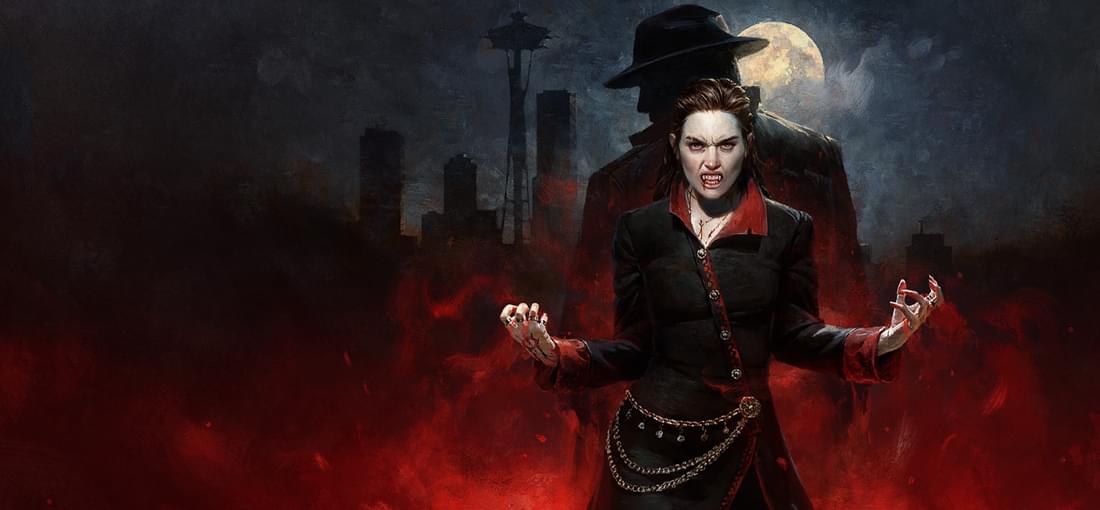
It's just not that much fun. I am ready to give it another run but I just do not see it as a good game. Mediocre at best. It could've been worse but it doesn't make it a better game. Combat is melee only with a limited use of firearms. Travel across the map is like parkour with jumping and gliding. The story is confusing and the characters are just cliches. However, some aspects of it do deserve credit. The biggest hurdle for me was the walking. It has the symptoms of a "walking simulator" that make it unbearable for some players. Not that the original 2004 Bloodlines were much better but it's still not it for most players. I completely understand the folks who hated it, especially among the original Bloodlines fans. That said, it's a decent one time game set in the VTM universe. The graphics are decent, so is soundtrack and the general state of the game. It is, after all, a finihsed product. I just don't think it's as good as the devs thought it was.
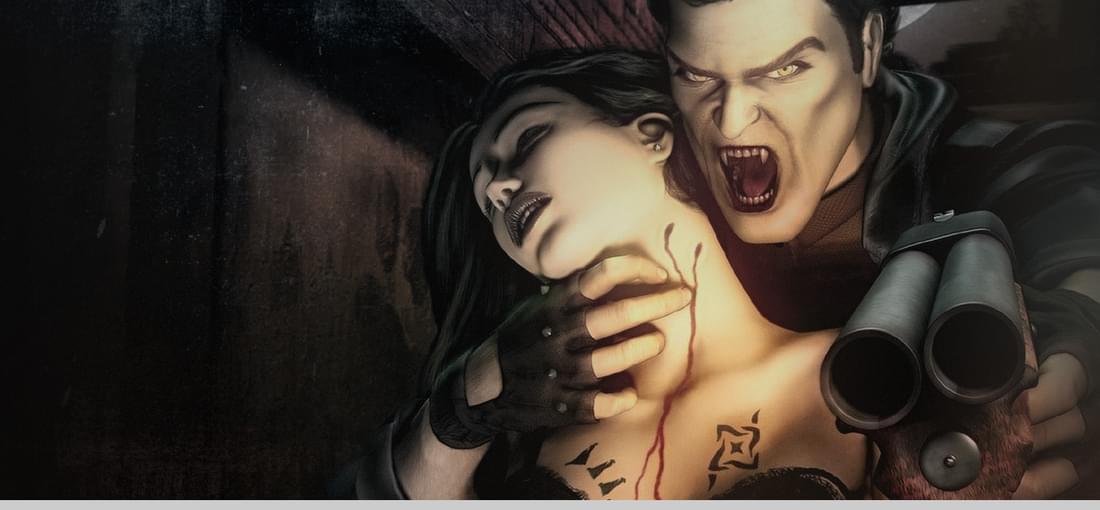
This was my first Vampire The Masquerade game back in 2001 when I got my first PC. It has since been overshadowed by the somewhat unfortunate but legendary Bloodlines, and yetI still hold to the view that it is far superior to the sequel. Firstly, it combines two World Of Darkness settings, one set in the Medieval and another in the modern times. The story revolves around an English crusader who falls in love with a Bohemian nun while fighting against the pagans in Moravia. It takes the protagonist from Prague to Vienna and back, then across time to modern London and New York City just before the dawn of the new millennium. Secondly, the story and lore are the game's strongest point and it keeps bringing me back to it for over two decades. I just love it. The dialogues are amazing and the characters are as memorable as they get. It's flawless. The gameplay is a mouse-controlled 3D top-down RPG where you make a party of up to 4 players you can switch between. Unlike the sequel, it is not a non-linear FPS with a character you create but a linear RPG albeit with three possible endings, and pre-built characters who play an important role in the story. Characters have different "disciplines" or magic-like abilities powered by their vampirism, which you can enhance as you up your characters. The RPG elements are strong in it in general, and reflect the WOD tabletop RPG rules. A thing needs to be said about running the game on modern PCs. It runs very well without any extra work but you may want to adjust the resolution. Other than that it feels as good as it felt back twenty years ago. In general, the game is very atmospheric and has a beautiful love story at its core, while delving deep into the Vampire The Masquerade lore as you play, learning about different vampire clans and threats that haunt the nights. The story, the art and the graphics are mind boggling for that era. There is simply nothing like it to this day. A must have for any VTM \ WOD fan.
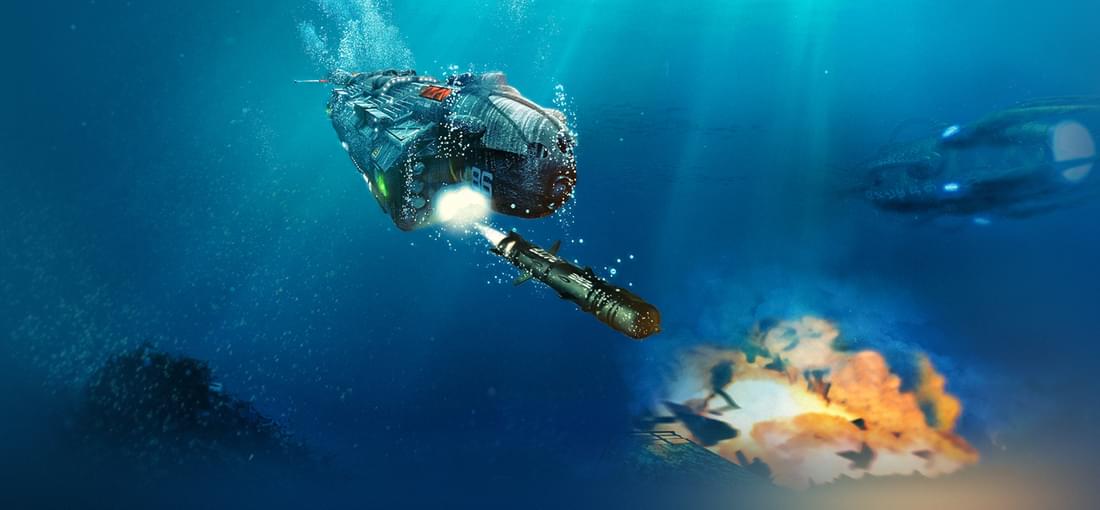
This is a sci-fi RTS set in a post-apocalyptic underwater world. There are three factions available with a different selection of ships and technology. Although it seems that two human factions are not that different from each other, compared to the third one - a race of silicon-based organisms. The graphics are pretty, with a wide variety of nicely-drawn 2D sprites - especially underwater animals - but landscapes are not as impressive. The gameplay resembles Blizzard's StarCraft but feels more slow-paced, as it should be, considering that it takes place at the sea bottom. All of the game's battles are between underwater vessels that flow through the water, and have the original feature of being able to flow not only across the map but also between five height levels - which is not typical for most RTS games. Another interesting feature is the production of ammunition - if your ships use rockets or torpedoes, you will need to set up buildings to produce more, otherwise they run out of ammo. The game's primary drawbacks are its slow pace and complex, sometimes confusing campaign missions. However, the game's unique setting and story really draw you in, and custom battles can be fun. Important note regarding performance: Many users who play this game on later O.S. versions, e.g. Windows 10-11, will need to follow a few steps before running the game. Most importantly, set up folder paths in the "Extras" tab in the STConfig.exe (you will get a registry error otherwise!), set up resolution and disable aspect correction in dxcfg.exe. To fix the black screen during video cutscenes, please see the game's GOG forum. If you experience other technical difficulties, do not hesitate to leave a post on the forum. Though I loved playing this game for two decades, I cannot give it more than 3/5 - unique story, original gameplay and great graphics, but soured by slow pace and tedious campaign.
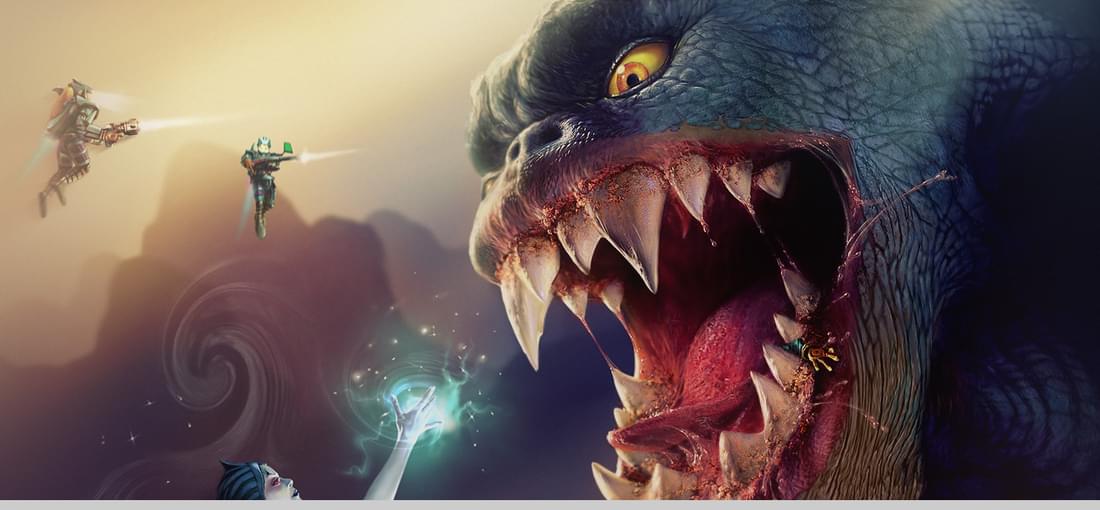
This game bears more similarity to MDK than Sacrifice, but it has a bit of Sacrifice in it - both games were developed by Shiny. Is it then a coincidence that Giants: Citizen Kabuto (GCK) was developed by a studio set up by ex-Shiny devs? Not at all. The story is set on an alien world that consists of tropical islands travelling through space, with various strange creatures inhabiting them. The gameplay is divided in three major parts: 1) TPS (third person shooter) as a member of a spacefaring race of Meccaryns who stumbles on the strange island world of GCK. There is a lot of shooting and jetpack jumping. Then there are RTS elements consisting around building a base by small big-headed humanoids called "smarties", which are collected and placed on your base, where they build equipment shops for you, in order to assist you in your mission. 2) TPS as a Sea Ripper princess Delphi, who casts spells and shoots magical arrows at the enemies, as well as RTS element surrounding the base building aspect of the game. 3) Walking and stomping everything as Kabuto, a giant monster who destroys the enemis with its might and eats them to restore health. The game features quite advanced graphics for its time, and a lot of people who played this game originally reported lags using outdated equipment. Nowadays this should not be a problem, but a few minor graphical bugs may appear. Eerie tropical sound and atmosphere add to the game's otherwise fun and cartoonish character, with lots of black humor thrown into the mix. There is a multiplayer capability but I never tested it myself. It's a strange mix of different genres with a challenging campaign, fun story and lots of action - 5/5
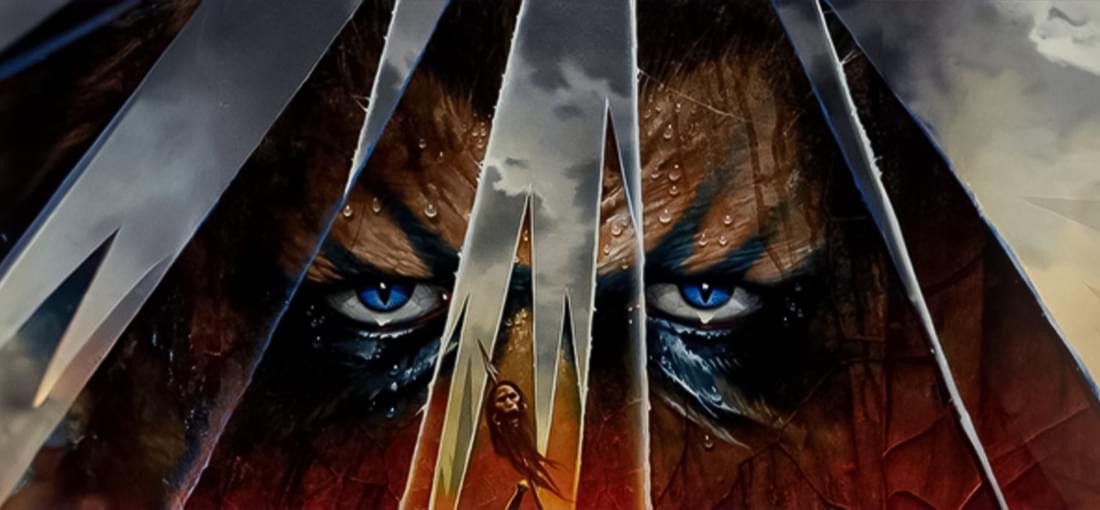
This is THE original Legacy of Kain game before its story was mashed together with the originally unrelated 'Soul Reaver' game. It does feel very different from the later LoK games and the confusion of the LoK universe is easily explained by that. LoK:BO was developed by Silicon Knights and published by Crystal Dynamics, who later went on to develop Soul Reaver, putting together completely different games, but managing - over time - to harmonize the original Kain storyline with that of Raziel. The game is a 2D top view action set on a very complicated (after)life of a nobleman called Kain, killed by bandits and turned into a vampire. In a search for vengeance and power, he sets to change the fate of the fictional world of Nosgoth. The story is as quite convoluted and complex, as the gameplay is long. If you are hardcore fan of the later LoK games, you may find this game a bitter candy - it provides a great first hand experience of events predating the sequels but it takes effort to play and finish this game. Fights can be a chore, and it's not difficult to lose your sense of orientation unless you find a good walkthrough. Fighting is enriched by a variety of weapons and abilities Kain can use to defeat his enemies, and the constant blood thirst requires the player to hurry to find new enemies to kill and feast upon. It took me around a week to finish this game. Please note that some users may experience technical issues starting LoK:BO, and will require extra effort to run it. Therefore, do not hesitate to visit GOG forums to seek unofficial support. Hence I give this game 4/5 - a story that pulls you back in, with unexpected twists in it; great atmosphere; character progression in place as well ... and all that only soured by gameplay that can get long and tedious for some.
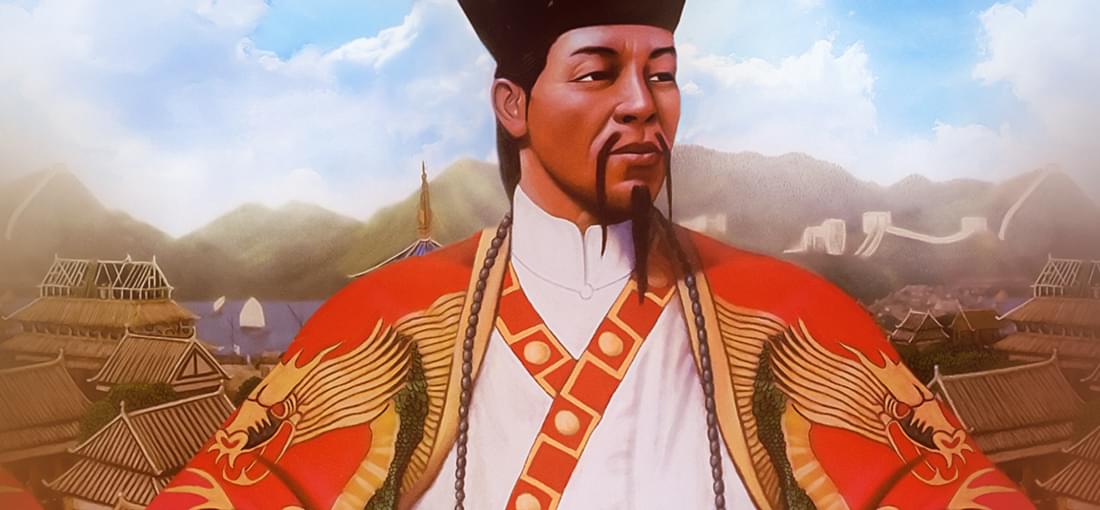
Emperor: Rise of the Middle Kingdom is the last installment of the original tetralogy (quadrilogy? idk...) of the four great city building games, laid down by Impressive Games' Caesar III and evolved further in Pharaoh (+ Cleopatra) and Zeus (+ Poseidon). Some would also include the first two Caesar games, but I insist that those two were different from Caesar III, which gave a push to the three other games afterwards. For those unfamiliar with this genre: the game revolves around building a city set in Ancient Chinese epochs, on an isometric map, by putting rectangular-shaped buildings connected via roads. The player is given a task to fulfill, which is based upon populating their city with people, providing for their needs via production of food and goods, and then engaging in diplomacy, trade and warfare - all within a limited amount of time. Furthermore, there are campaign goals, like building monuments and stocking goods. The game features such unique elements as Feng Shui (auspicious city design), blessings by divinities of four religions of ancient China in exchange for goods offerings, and collecting exotic animals for your palace. To enjoy the game properly, I recommend looking for and installing a high-resolution widescreen mod or playing the game in a window. Aside from these graphics restrictions, there are hardly any issues. Minor features, like beautiful soundtrack and detailed 2D graphics only add to the game's value. Hence I give this game 5/5
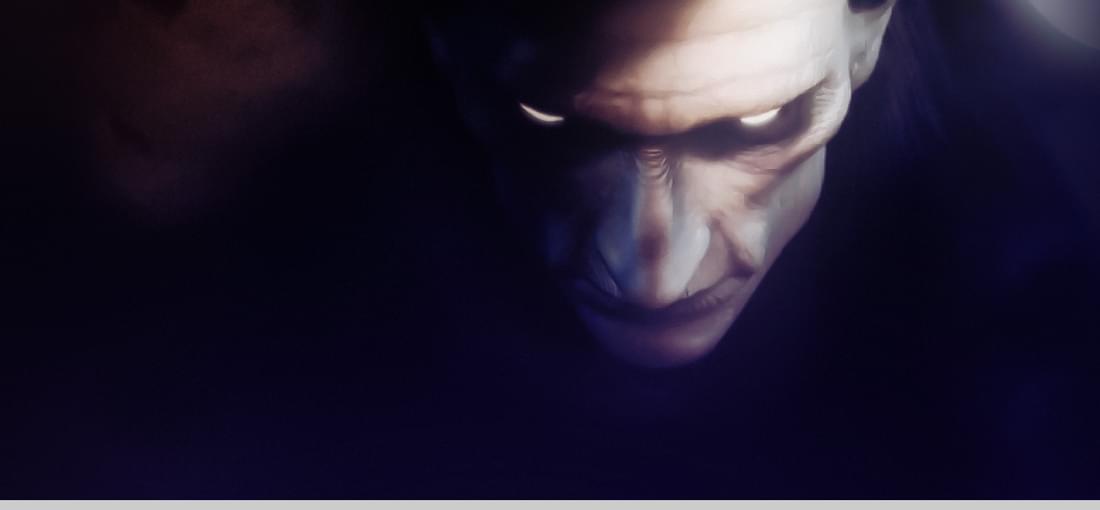
Dracula: Resurrection is similar to other 'Myst'-like titles by Microids or Cryo Interactive, featuring a point-and-click adventure gameplay. Its story is based on Bram Stoker's Dracula and features the same characters as the original novel. Despite its success during the original 1999 release, the game did not age well. Though the original game had to be sold on two-CD jewel box, it feels awfully short. At that time, it was praised for its 3D graphics but nowadays it looks clunky and cartoonish. I found the original game relatively straightforward and easy to solve but got stuck at the end of the second game (Dracula 2: The Last Sanctuary) due to a bug that prevented me from moving. Thankfully, I did not miss much. Sadly, I was unable to make Dracula 3: The Path of the Dragon run smoothly as of the time of this review. and was not able to properly start it yet. So I am unable to say anything about it. I give it 3/5 due to good atmosphere, fair price and nostalgic value; but I have to substract two stars due to game-breaking bugs and short gameplay.

Amerzone is a first-person point-and-click kind of an adventure game, a genre made popular by the legendary 'Myst'. It sits together with other titles by the French Microids studio, such as Dracula: Ressurection and Fort Boyard games, or similar games by Cryo Interactive (e.g. Atlantis series). It features puzzles and 'item fetching' tasks that will keep you busy for a few hours, but that's it. One redeeming quality of this game is art by the famous late comic aritst Benoît Sokal, who designed visuals for Amerzone's spiritual successor (and a much more succesful game) - Syberia, and its subsequent sequels. Some of the puzzles may be confusing or unclear, not least due to poorly rendered graphics, not well suited for modern HD and 4k resolutions. Nonetheless, I managed to finish the game relatively fast. Unless you want to immerse yourself in the game's story, reading notes (at times necessary to understand what you need to do) and watching cutscenes, it does not have a lot to offer. Good visuals in an otherwise mediocre game with a poor - but not gamebreaking - gameplay. Hence I give it 2/5.
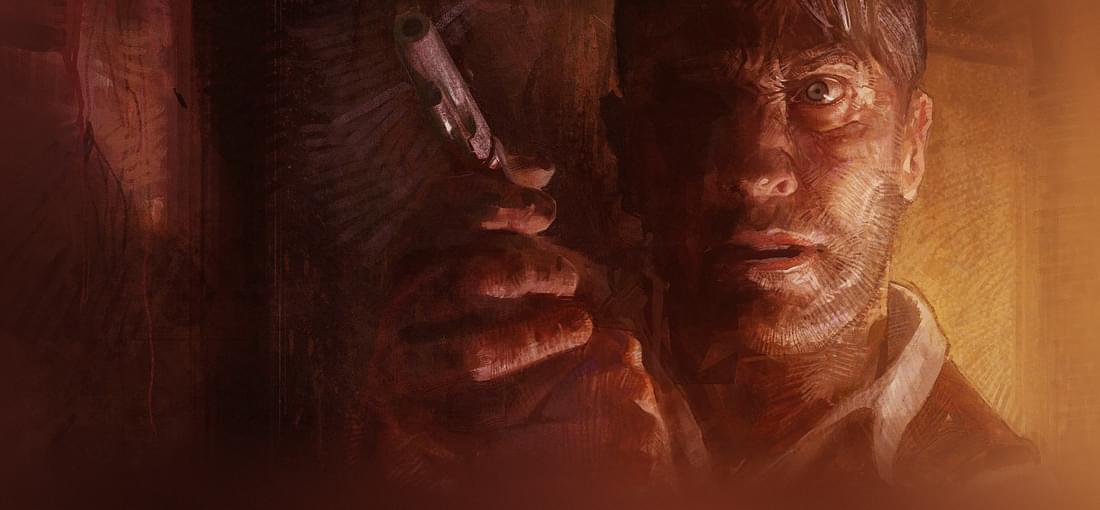
Call of Cthulhu: Dark Corners of the Earth is game where you play a private detective tasked with investigating disappearance of a person in a ficitonal town of Innsmouth, MA. Its story is based on "The Shadow over Innsmouth" by H.P. Lovecraft and other works by the great American horror author. Most of the game is focused on stealth, with occasional FPS elements, which are limited by sheer scarcity of weapons and ammunition. As you flee from various scary enemies, you will find medkits to heal your injuries, save points scattered around levels, and medicine that keeps your mental state focused (yes, you lose the game if your protagonist goes insane). This game's development was plagued by constant delays and it took over 6 (!) years to get it done, when it started to be discussed in a Usenet group in 1999. Despite much of the expected content being cut, it remains a cult classic with an intriguing storyline, Lovecraftian atmosphere unlike any other game ever achieved, and an immersive stealth gameplay. As to the negatives. Call of Cthulhu has not aged very well, and even for a game released over 15 years ago many people using newer hardware and operating systems will experience frustrating crashes and bugs. Do not hesitate to search for unofficial support in the forums if you experience any of these, since they helped me improve my experience with the game on Microsoft Windows 10. I have finished the game within a week, and found it an enjoyable experience even despite its linear gameplay and occasional frustration with progression - yes, you have to put extra effort and repeat the same level ten times over to go to the next level, that's why you save often and use medkits sparsely. - This isn't for everyone. That is why quite a few people new to this game won't find it appealing, even without the gamebreaking bugs. Hence, I give it 4/5.
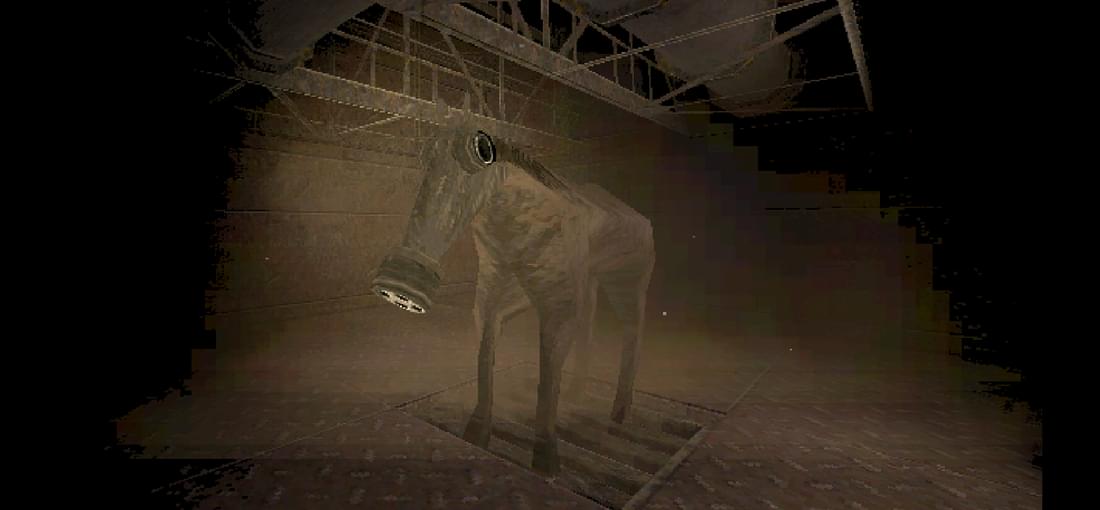
Hrot is a Quake-inspired first-person shooter with a twist. It features nostalgic design reminiscent of the Quake games, with a simple gameplay that includes an array of various enemies to kill and a selection of weapons to finish that tasks. There are keys to collect and insert in the right slots, and buttons to press in order to progress. Furthermore, there are secrets to discover as well. The game features a gloomy, dark atmosphere of the Kafka-esque post-1968 (aka 'normalization') era Czechoslovakia. There is a lot of references to daily life in Czechoslovakia - grocery stores, cars, butcher shops, monuments, silly Communist-era mottos and public notices. Grey box-like apartment buildings towered in the background, as I had to walk through the painfully familar 'Cosmonauts' subway station - which is actually not called that anymore ... Metallic factories and sewers change to the Jan Žižka military memorial, and uranium mines, and then to North Bohemian countryside. On the shortwave radio sets you can listen to the eerie Czechoslovak Communist broadcasting, and kiss the portrait of the Chairman Gustáv Husák ... And all of that comes on top of a fast and fun action, though some players may get lost in the game's 3D mazes. Not that it's very different from the 1990s FPS games. At the time of this review I finished two episodes of the game that is currently in-development.